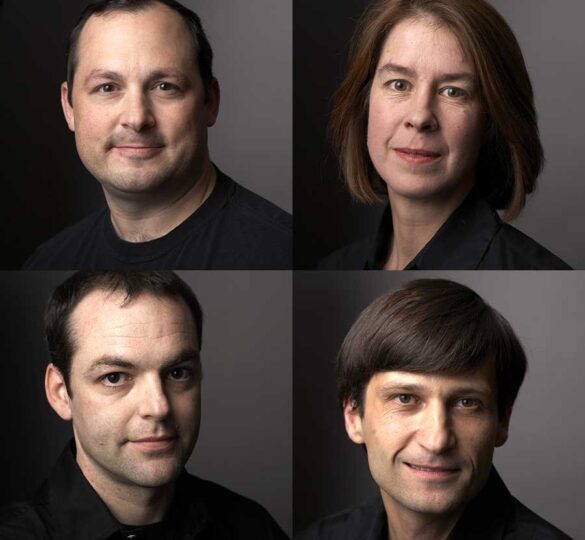Catalyst for a Cure (CFC1) Report: Nine Years of Innovation
The Catalyst For a Cure has reshaped the direction of glaucoma research by taking a pioneering approach that should become a model for research in other diseases.

Executive Summary
In 2001, Glaucoma Research Foundation (GRF) partnered with the Steven and Michele Kirsch Foundation to establish the Catalyst for a Cure (CFC) research consortium.
The CFC effort was intended to be multidisciplinary, collaborative, and sustained, initially for a period of at least three years, contingent on satisfactory progress. The objective was to achieve a better understanding of glaucoma, progress in treatment, and a possible cure.
GRF established a Scientific Advisory Board to assist the CFC in identifying target objectives and to monitor progress. Four principal investigators were selected for their expertise in neuroscience, molecular biology, genetics and immunology as well as their willingness to work collaboratively. They were located at four U.S. universities and they had neither previously done research in glaucoma nor worked together.
The first meeting of the consortium, with the Advisory Board and representatives of the foundations, produced a functional research plan, a concise statement of the goal, and an explicit understanding of the requirements for collaboration and reporting. In turn, the principal investigators were to expect assistance with strong planning, oversight, and funding that, once allocated, was unrestricted.
Funding for year one was made in January 2002, was extended in years two and three, and then, by GRF alone, for two additional three-year terms, each year’s funding approved on the basis of reported results. Funds provided to the CFC over the nine-year period were just over $7 million.
The consortium has described the last decade of glaucoma research as “defined by the recognition that glaucoma is an age-related neurodegenerative disorder of the central nervous system.” The CFC efforts were guided by three main approaches in their non-traditional and multidisciplinary investigations:
- Fundamental mechanism of neurodegeneration in glaucoma
- Interventional studies and target validation
- Development and novel use of enabling technologies
Summarizing the results of the nine-year effort, the Scientific Advisory Board has credited the CFC with reshaping the direction of glaucoma research by focusing on the earliest molecular events of the disease, with showing that glaucoma shares a number of similarities with Parkinson’s disease, amyotrophic lateral sclerosis, and Alzheimer’s disease, and with taking a pioneering approach that should become a model for research in other diseases.
Download the full report: Nine Years of Innovation – Catalyst For a Cure 2002 – 2010 (PDF)
First posted on November 17, 2011; Last reviewed on May 19, 2022